Get your winter boating fix at The Hartford Boat Show
If you’re like us here at Marine Special Products Group, by this time of winter you are deep into boating withdrawal. Some odd behaviors are telltale signs: looking for cleats when you pull into a gas station, throwing on foulies before you take a shower or fighting an urge to keep stop lights to the right are all good indicators you may be suffering from Amarinus Extremus.
 Doctors say it’s technically an extreme void in marine activities. We say it’s a lack of fun! So how do you cure it? Well – start thinking about the upcoming boating season. One way to do that is to put together a checklist of upgrades you might be considering for your vessel next season (get some ideas here).
Doctors say it’s technically an extreme void in marine activities. We say it’s a lack of fun! So how do you cure it? Well – start thinking about the upcoming boating season. One way to do that is to put together a checklist of upgrades you might be considering for your vessel next season (get some ideas here).
Another way is to get up to the Hartford Boat Show running from February 9th to the 12th at the Connecticut Convention Center. We can help you here too. If you plug in the code MSPG123 when you purchase your tickets, we can save you $2 per ticket.
Finally, if you need some heavy-duty boating immersion therapy, stop by our booth at the show. We can talk you off the Amarinus Extremus plank with some thoughtful conversation about Marine Electronics, Boat AC and Heating or Marine Sanitation Systems. What’s more, if you own a boat you’ll be able to register for our raffle and win some very boaty prizes including a Dometic Air Purification system or an afternoon in our hometown of Essex featuring lunch provided by Olive Oyls and tickets to the Connecticut River Museum.
See you next week.
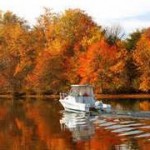
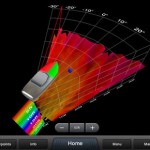

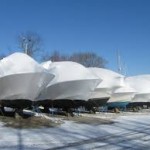
 uld include hands-on boating projects;
uld include hands-on boating projects; 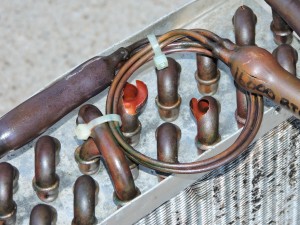
 overdue getaway weekend. You’ve spent the last two days geting the boat wife-ready and now, after an unanticipated delay at the office, you are on your way to the marina. Your wife is already there by now so you give her a call to let her know you are on the way.
overdue getaway weekend. You’ve spent the last two days geting the boat wife-ready and now, after an unanticipated delay at the office, you are on your way to the marina. Your wife is already there by now so you give her a call to let her know you are on the way.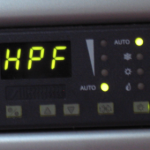 lem with water flow. Your Google search tells you to check and make sure water is flowing out of the system. Easy, peasy, right? You turn the system on, head topsides, and immediately lose the additional quarter of a smile by instinctively patting your wife on the head as you go forward to inspect the cooling water exit.
lem with water flow. Your Google search tells you to check and make sure water is flowing out of the system. Easy, peasy, right? You turn the system on, head topsides, and immediately lose the additional quarter of a smile by instinctively patting your wife on the head as you go forward to inspect the cooling water exit.